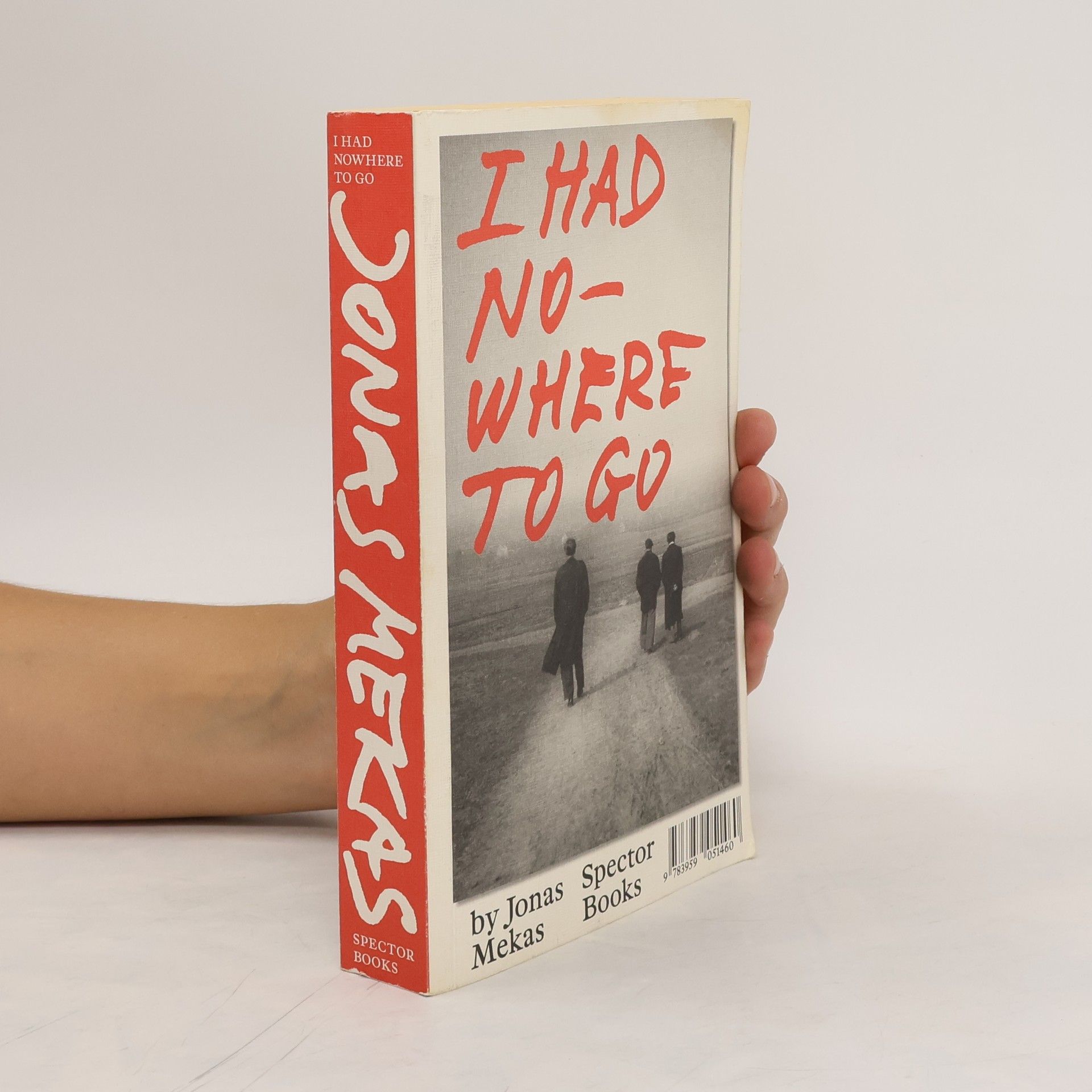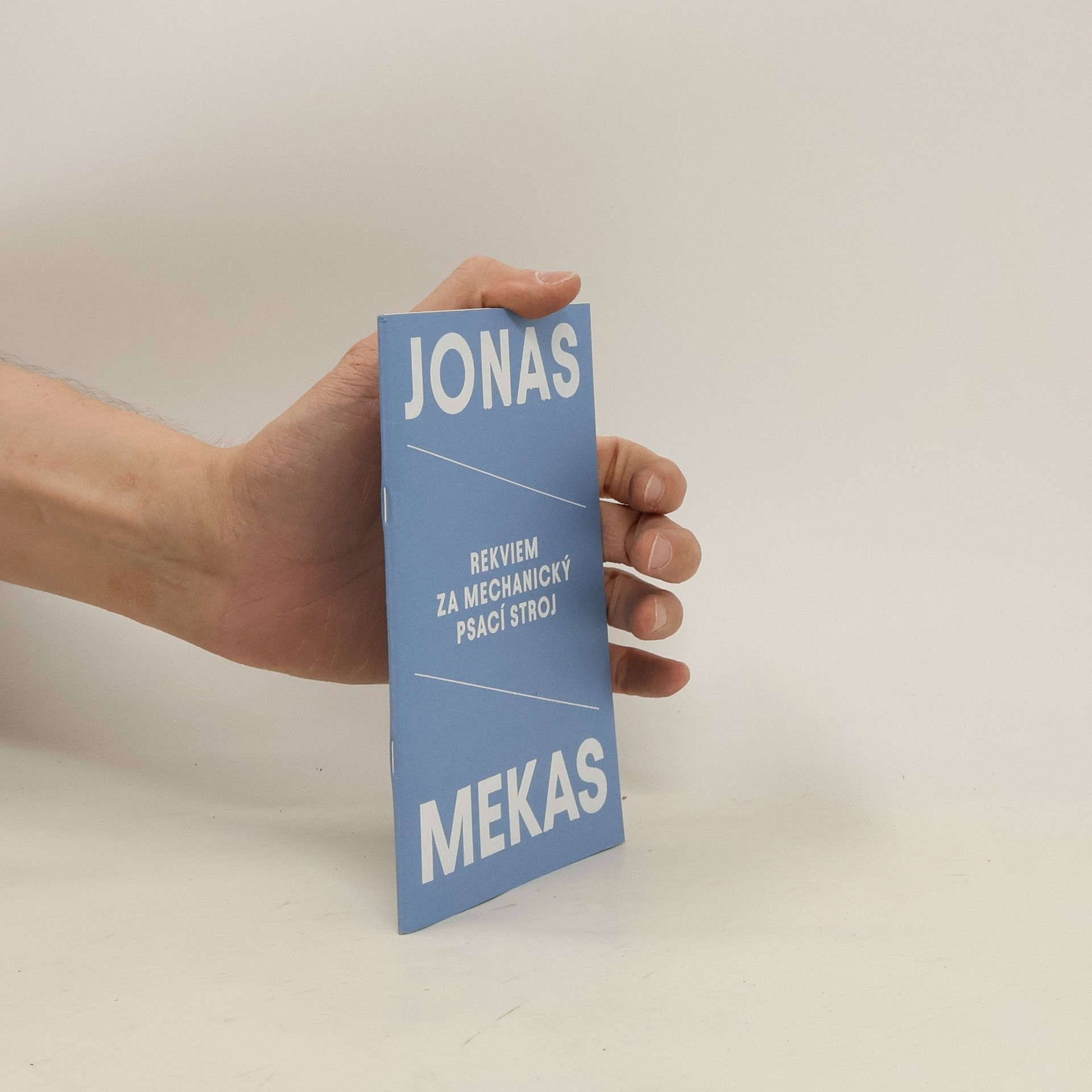Rekviem za mechanický psací stroj
- 40 stránok
- 2 hodiny čítania
Pětadvacátého března 1997 našel Jonas Mekas pod stolem zaprášenou roli počítačového papíru. Nějakou chvíli už tam ležela, úplně na ni zapomněl. Hned papír založil do milovaného psacího stroje, modelu Olympia De Luxe, na kterém už za ty roky nadatloval dvěma ukazováčky spousty nejrůznějších textů: deníky, básně, sloupky do filmové rubriky, rozhovory, manifesty i dopisy přátelům. Mekas roli prostě musel použít, a tak se pustil do něčeho pro něj dost neobvyklého: začal psát román. Rekviem za mechanický psací stroj je ódou na jeho Olympii, v níž se pokouší psát v přítomném okamžiku a zachytit současnost pomocí stroje, který už byl tou dobou z technického hlediska překonaný.



